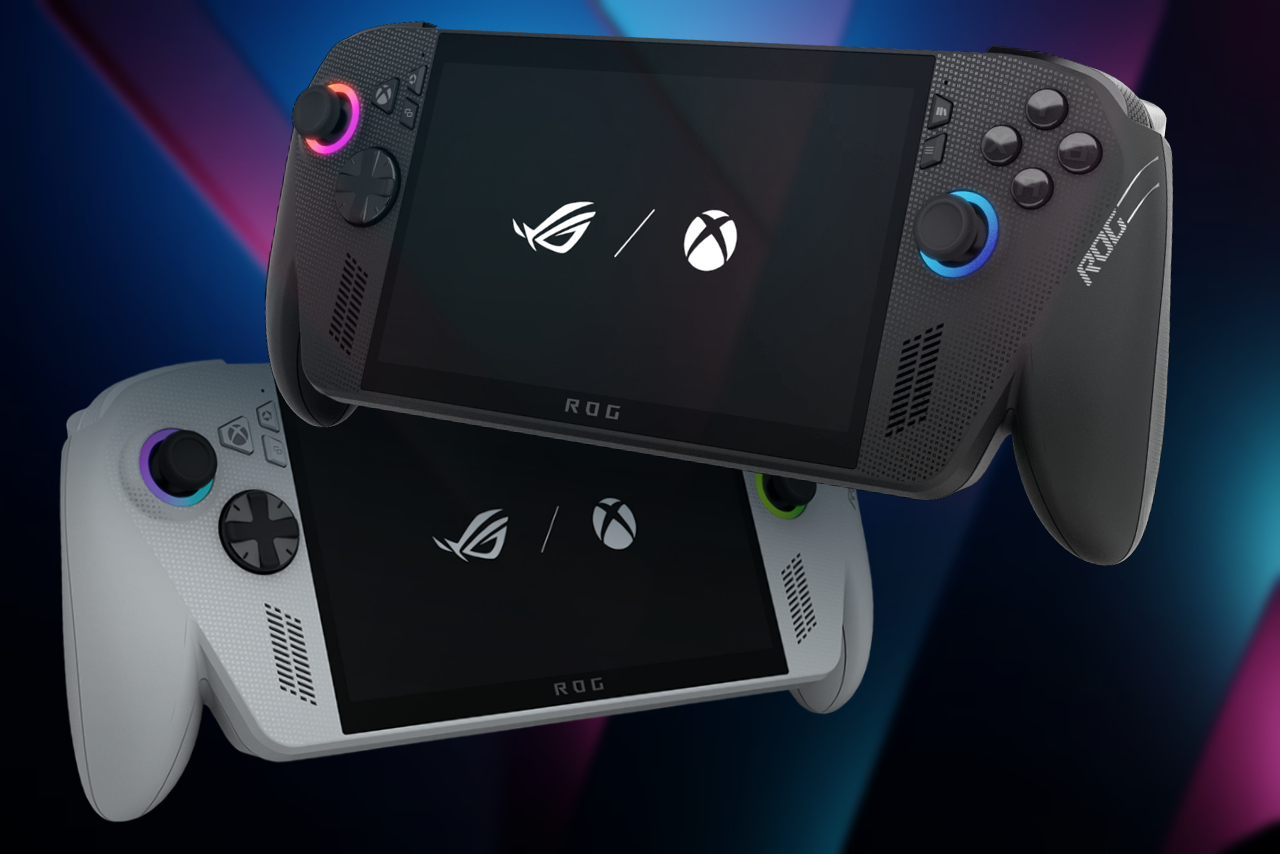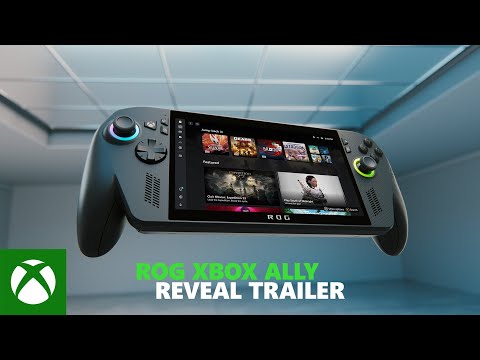Microsoft’s first Xbox handhelds, ROG Xbox Ally and ROG Xbox Ally X, which officially launch tomorrow, Oct. 16, 2025, have received their first reviews praising both models for their good grip and speakers while pointing out that Microsoft’s gaming strategy, “This is Xbox,” where the Xbox brand is less about consoles and more about access to games, subscriptions, and cloud streaming, is being dragged down by Windows-related issues.
ROG Xbox Ally launches to lukewarm reviews; main complaints focus on PC-level hassle without PC-level payoff
The standard white version ROG Xbox Ally comes powered by AMD’s Ryzen Z2 A chip, with 16 GB RAM, 512 GB storage, and a 60Wh battery, while the higher-end black ROG Xbox Ally X runs a more powerful Ryzen Z2 Extreme chip, with 24 GB RAM, 1 TB storage, and a larger 80Wh battery. Both units share the same 7-inch, 1080p, 120Hz screen.
Both the standard ROG Xbox Ally priced at $599.99 and the higher-end ROG Xbox Ally X priced at $999.99 are Asus-built PC gaming handhelds and part of the company’s Republic of Gamers (ROG) lineup, featuring Xbox branding and geared up with a new software layer called the Xbox Full Screen Experience (FSE).
That FSE, exclusive to the Ally for now, integrates multiple game libraries, including Steam, Battle.net, Epic, and Ubisoft Connect, into one interface and is meant to make Windows gaming feel like using a console, similar to Steam’s Big Picture Mode, a simplified, controller-friendly interface designed to hide the complexity of Windows.
In theory, it’s a streamlined, console-like front end that boots you straight into your games, but in practice, according to reviews from Polygon and The Verge, the experience veers between promising and painful, with sluggish menus, confusing navigation, and unpredictable crashes that remind users every few minutes that the devices are closer to a Windows PC than a console.
According to the reviews, the Xbox Ally can’t escape its operating system, as Windows 11 remains clunky and unreliable in a handheld form factor. The FSE layer makes some improvements: a simplified startup, controller-friendly menus, and a new Xbox button that lets players quickly swap between open apps. But under the surface, it’s the same old Windows, with cluttered pop-ups, random crashes, and menus that weren’t designed for thumbs or touchscreens.
“It feels like lipstick on Windows,” wrote The Verge, “A sluggish UI that still feels designed for a mouse.” Even basic usability issues pile up fast. The Ally often fails to wake from sleep mode or randomly turns itself on while kept in a bag, draining the battery overnight. Some units even fail to charge correctly, while others hang on startup screens during mandatory updates.
Notably, both models were praised by the reviewers for comfortable Xbox-controller-inspired grips, good speakers, and body thickness. Regarding performance, on default settings, well-optimized games like Diablo IV, Doom: The Dark Ages, and Forza Horizon 5 generally run smoothly, often exceeding 60 frames per second.
While Polygon summed up the review, calling the ROG Xbox Ally an interesting, overpriced but competent new entrant in the PC handheld space, which leaves Microsoft’s engineers and designers with a mountain still to climb in an attempt to close the usability gap between Windows and SteamOS, The Verge stated that instead of combining the best of Xbox and Windows together, the ROG Xbox Ally instead just shows how far apart those worlds still are.



